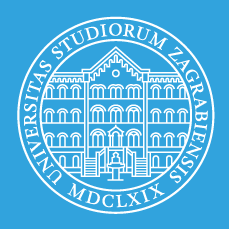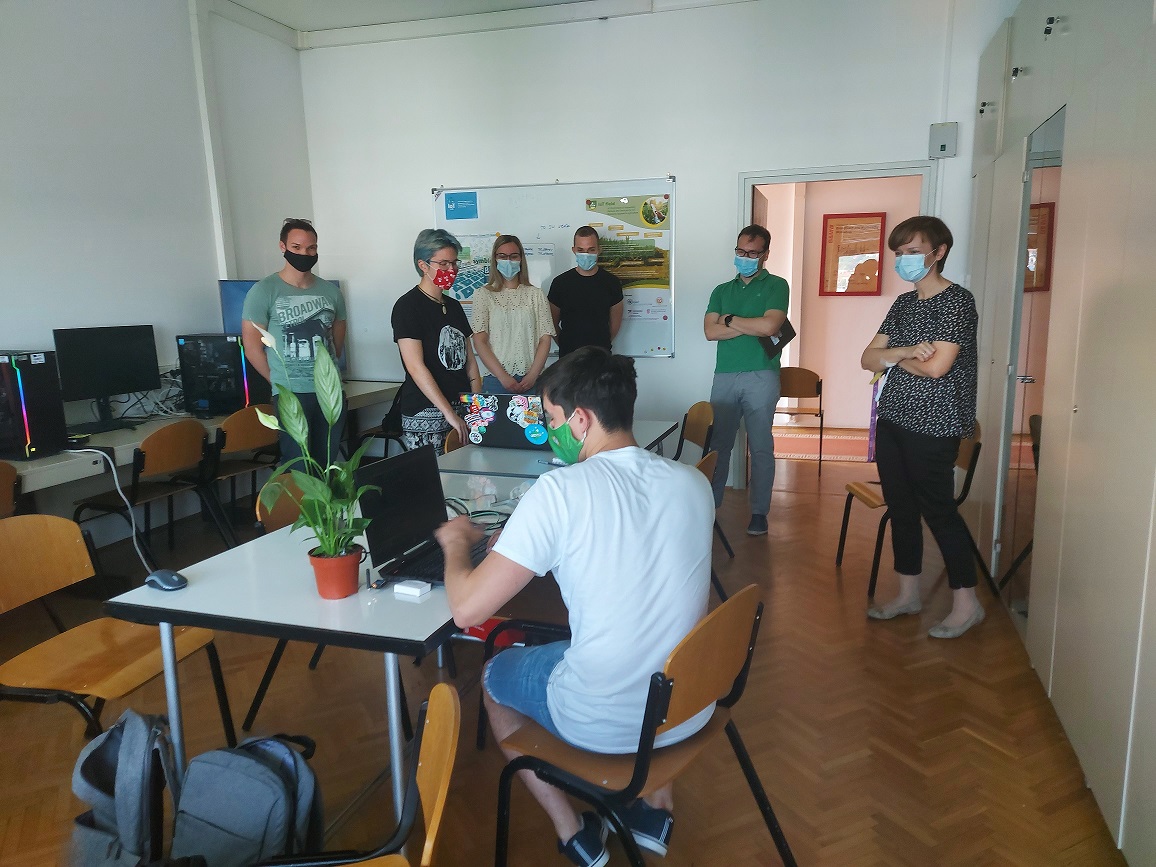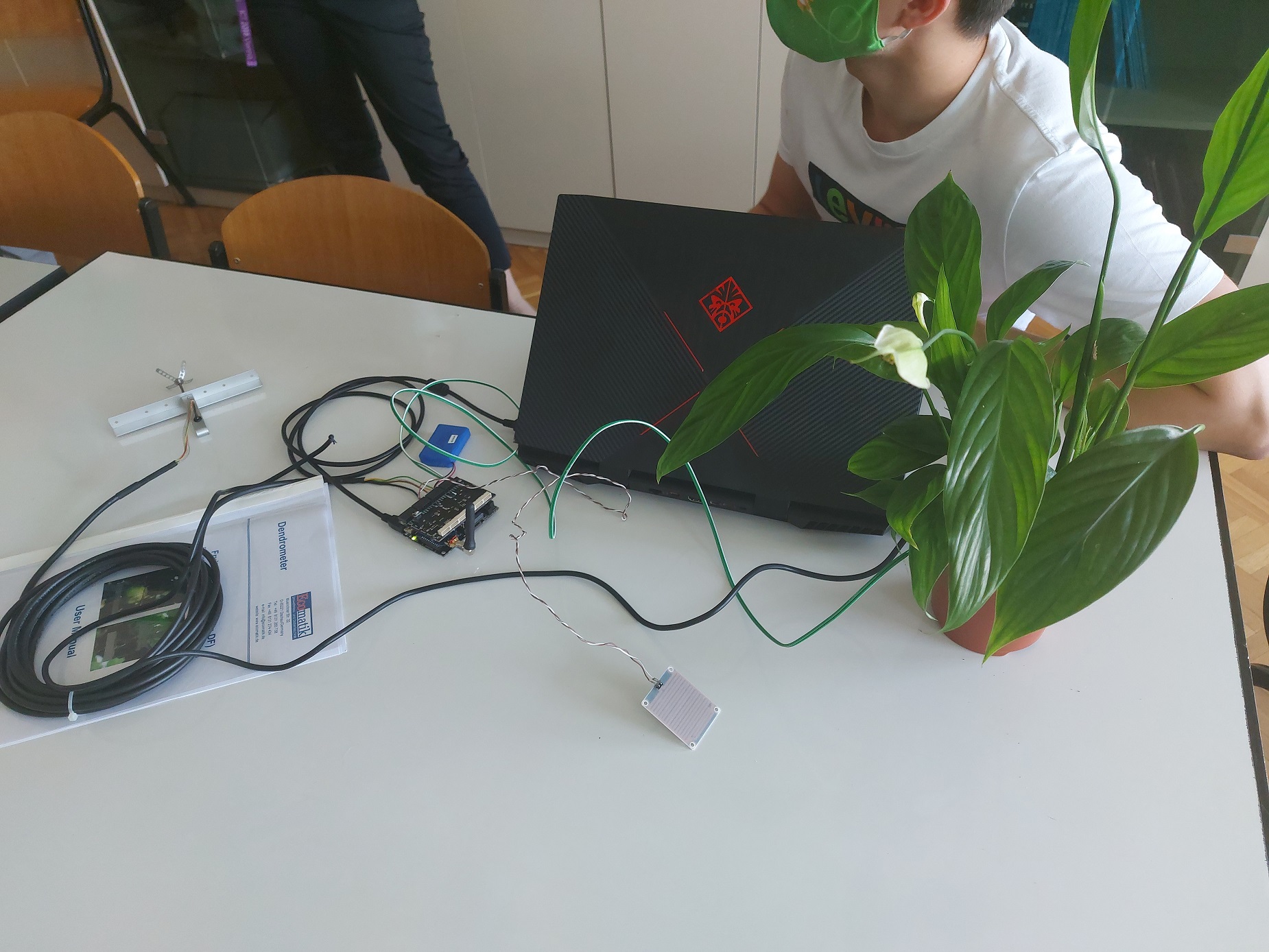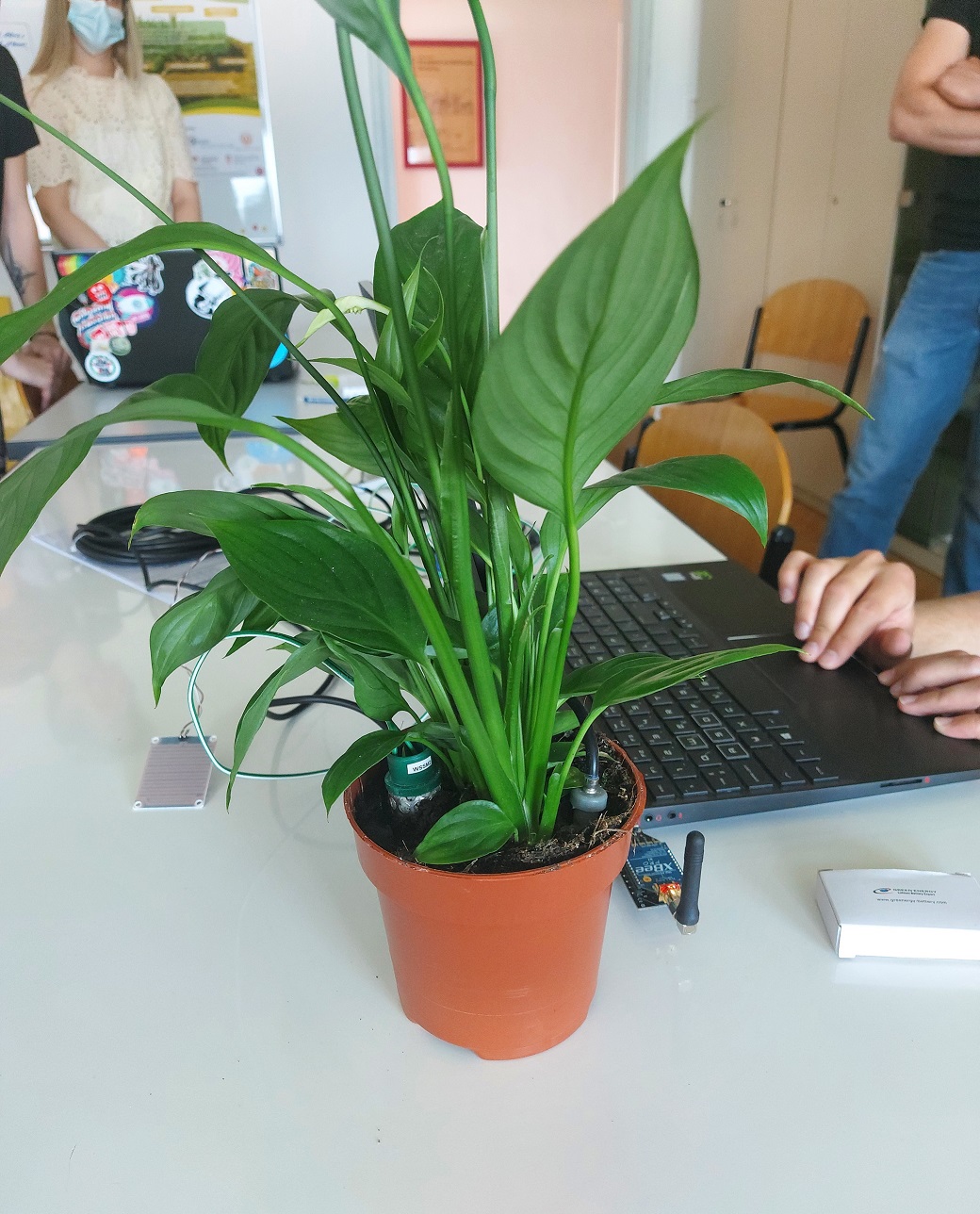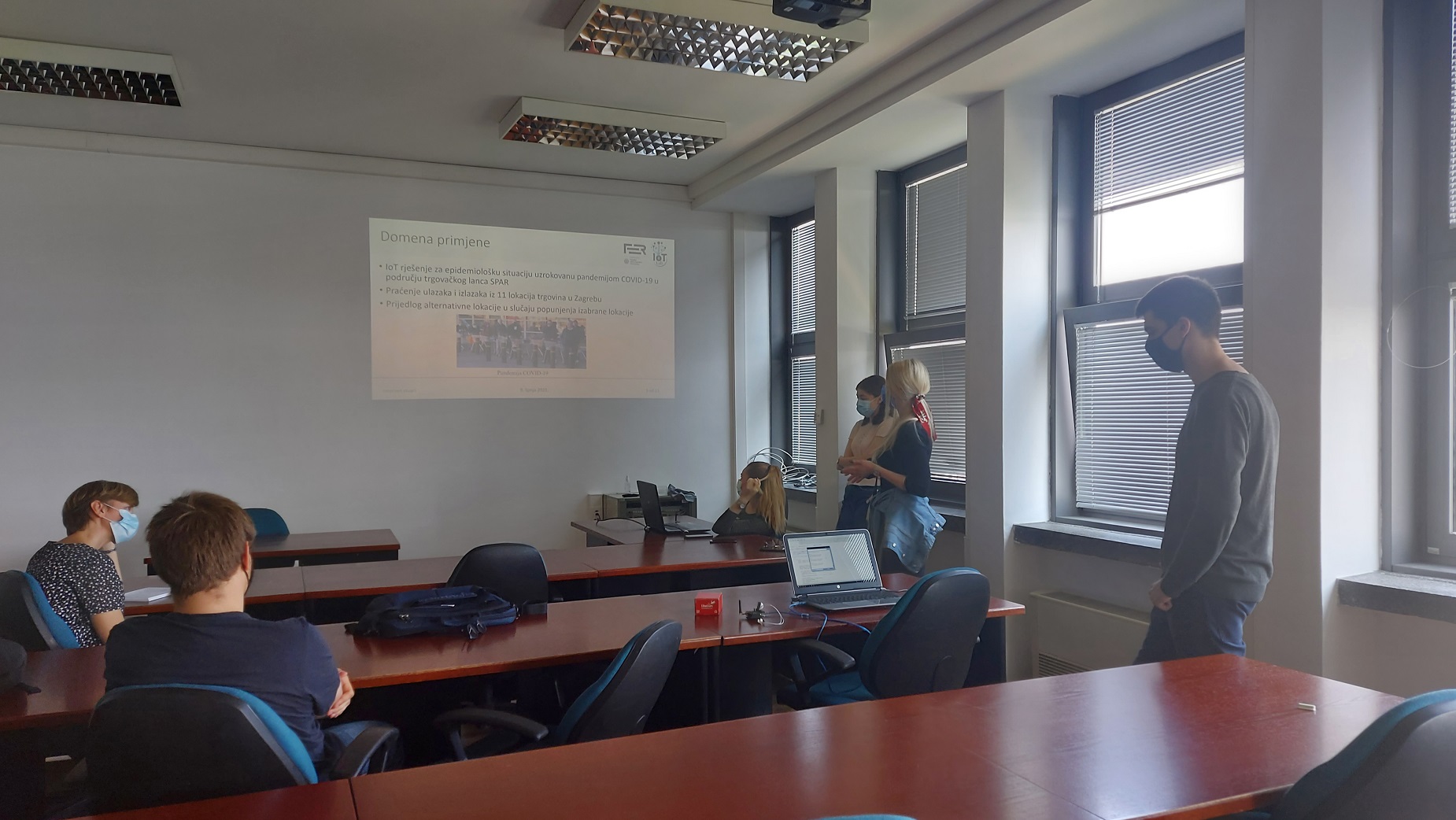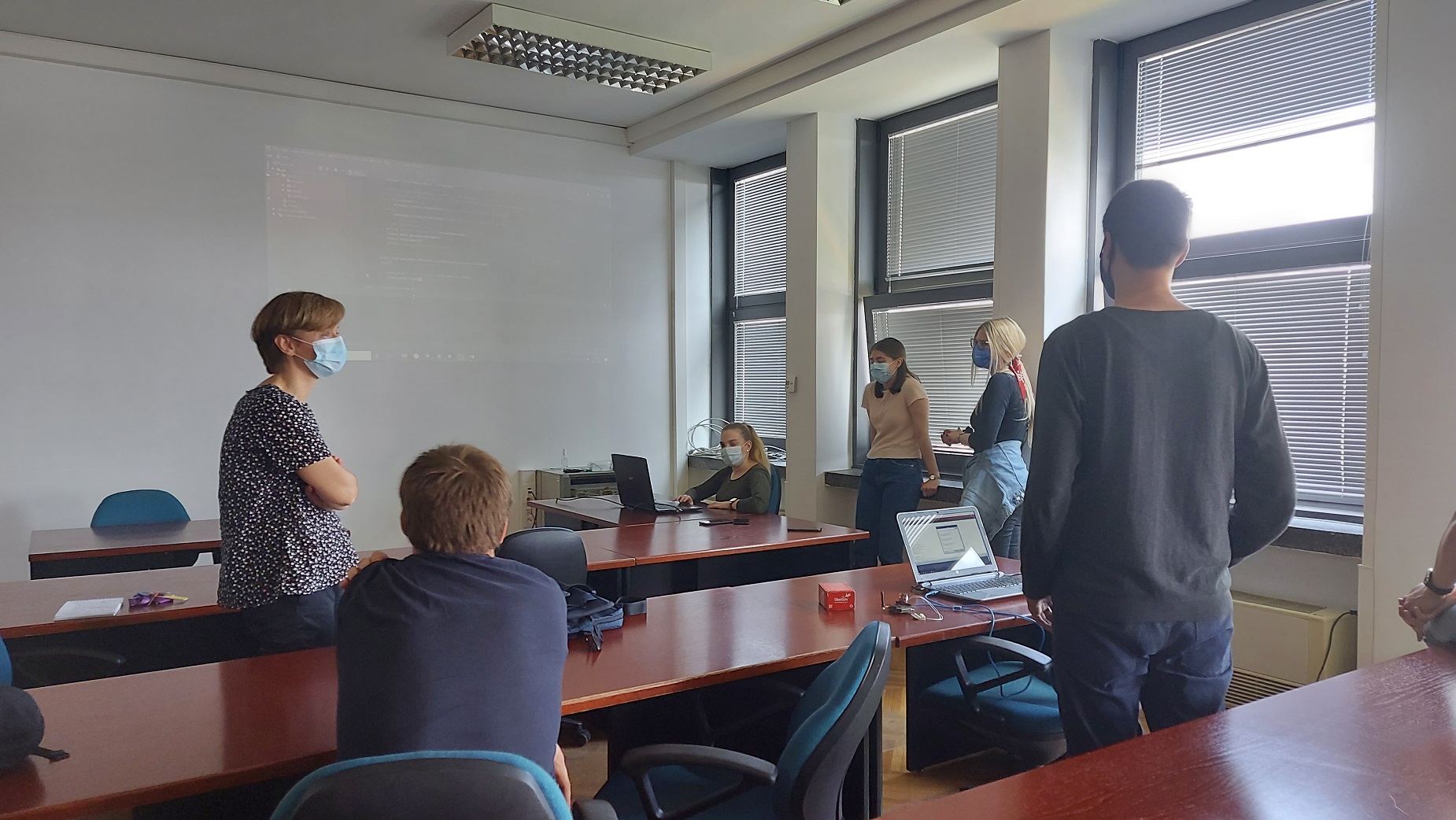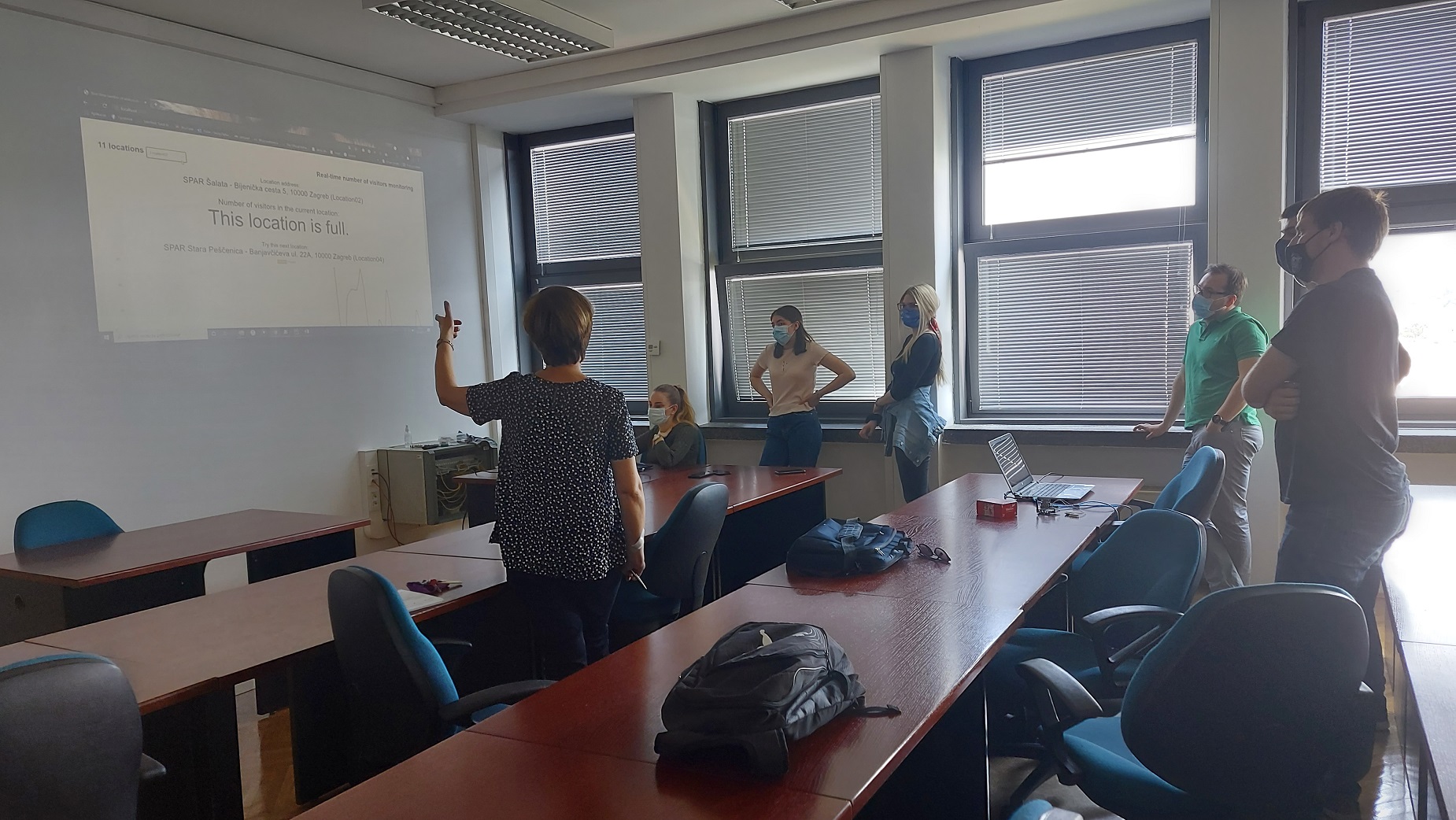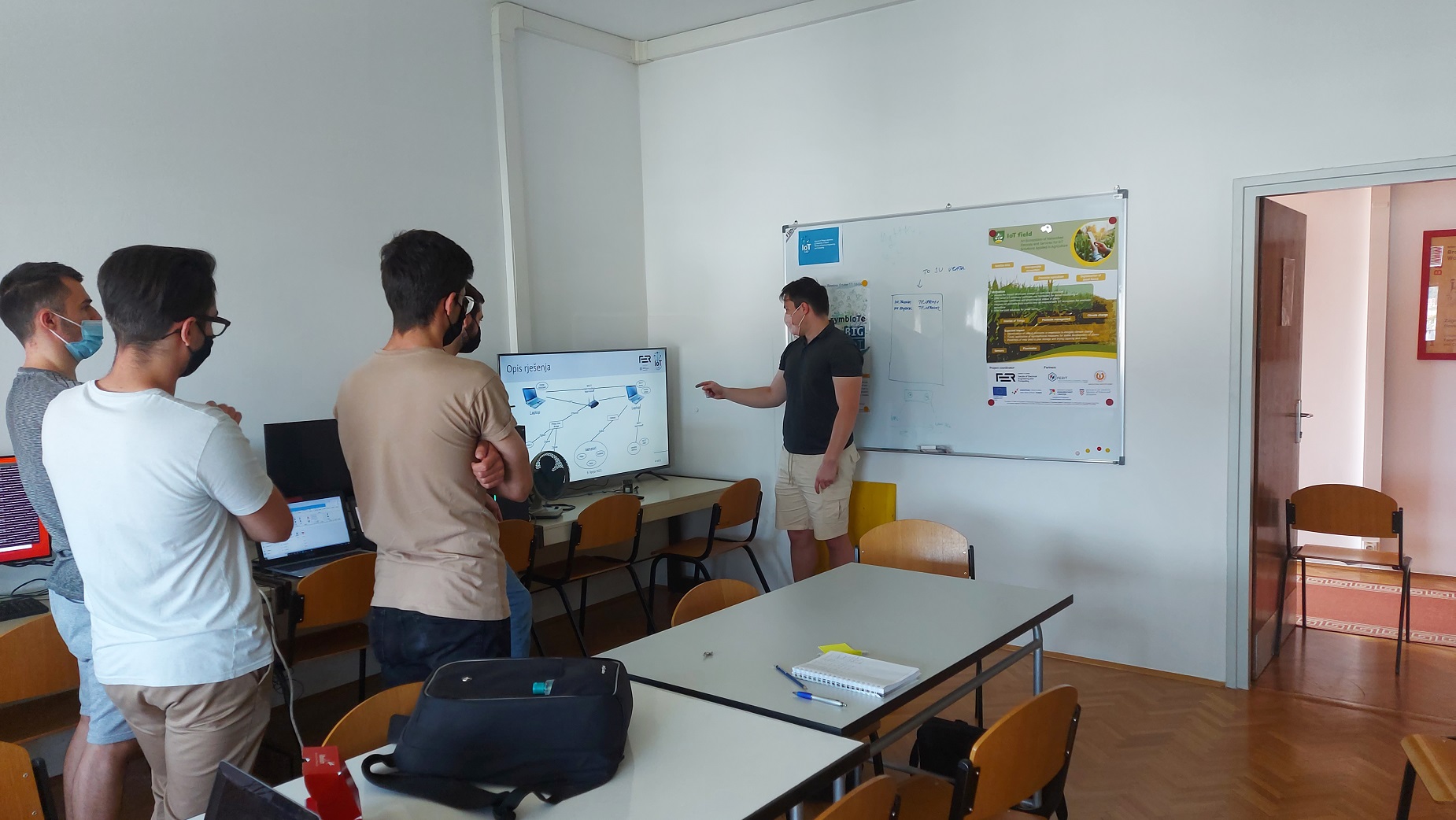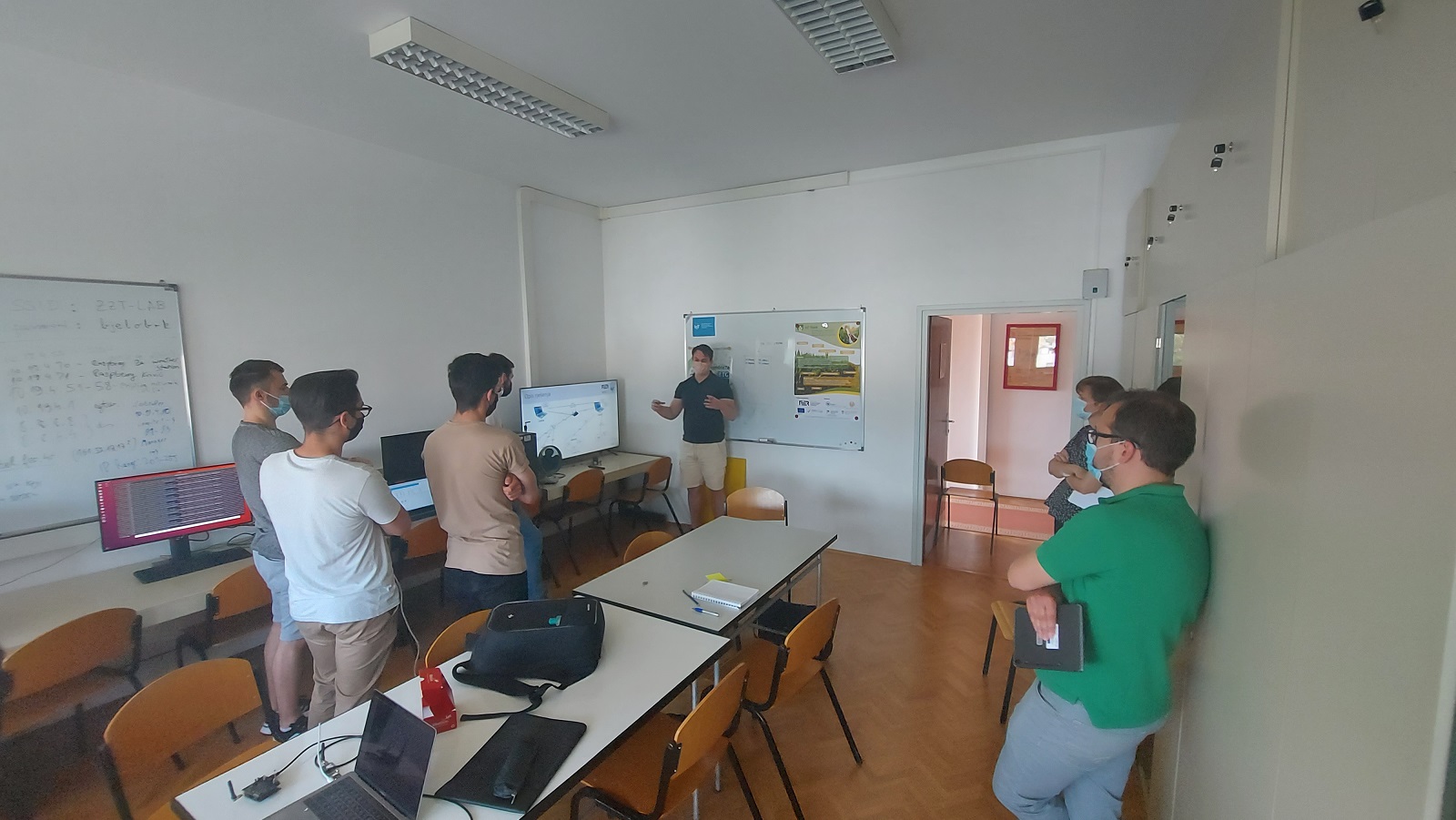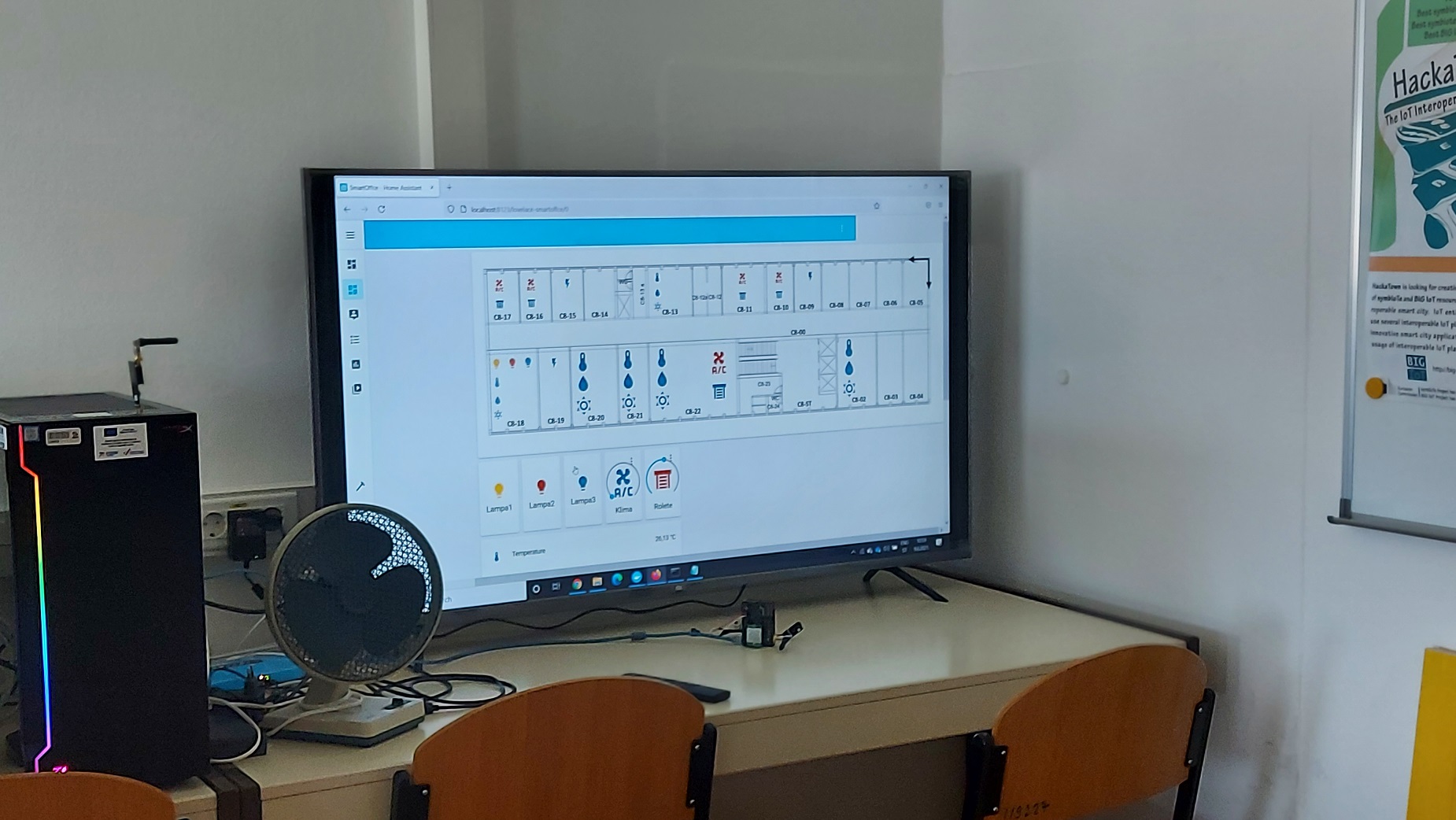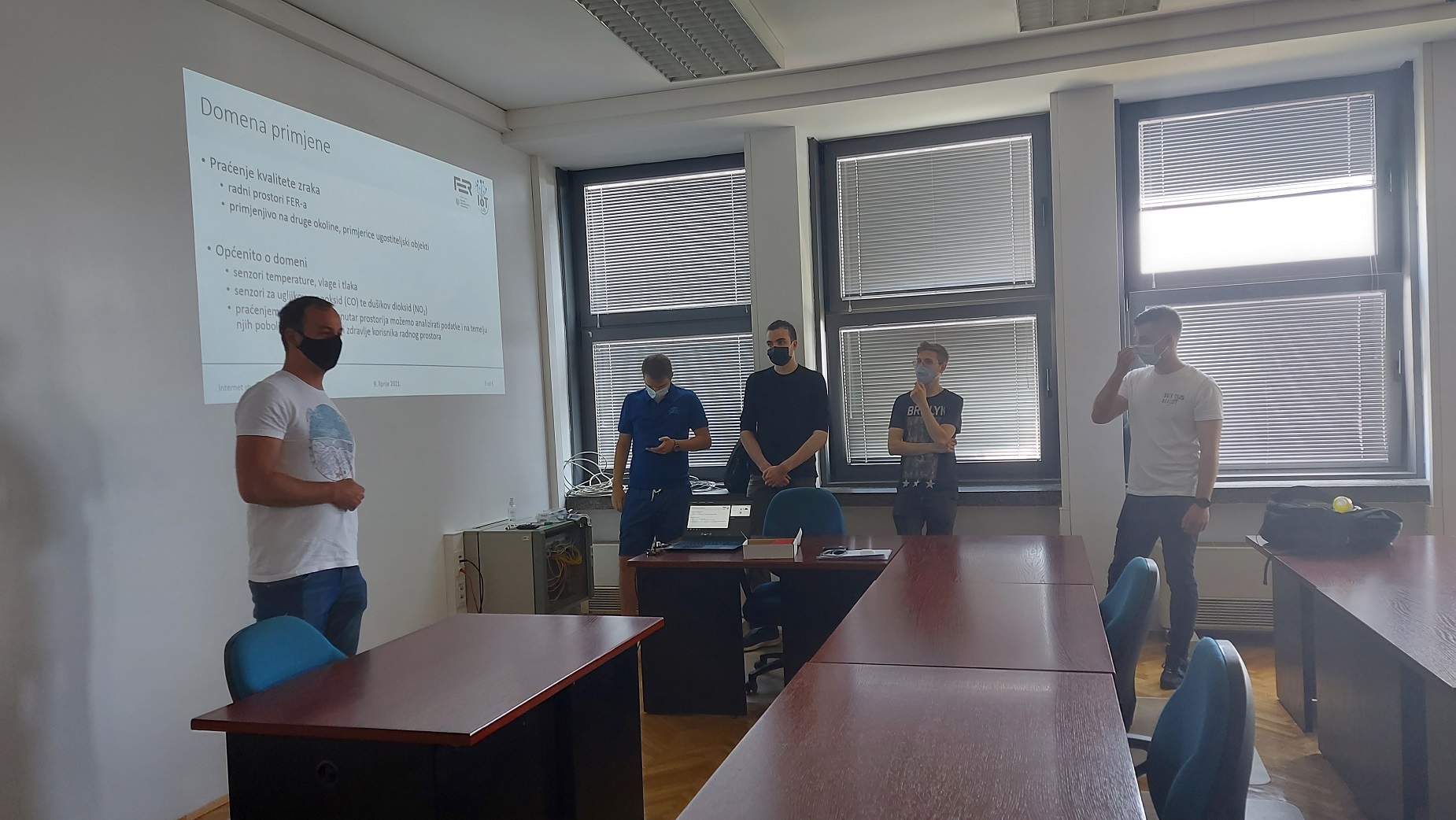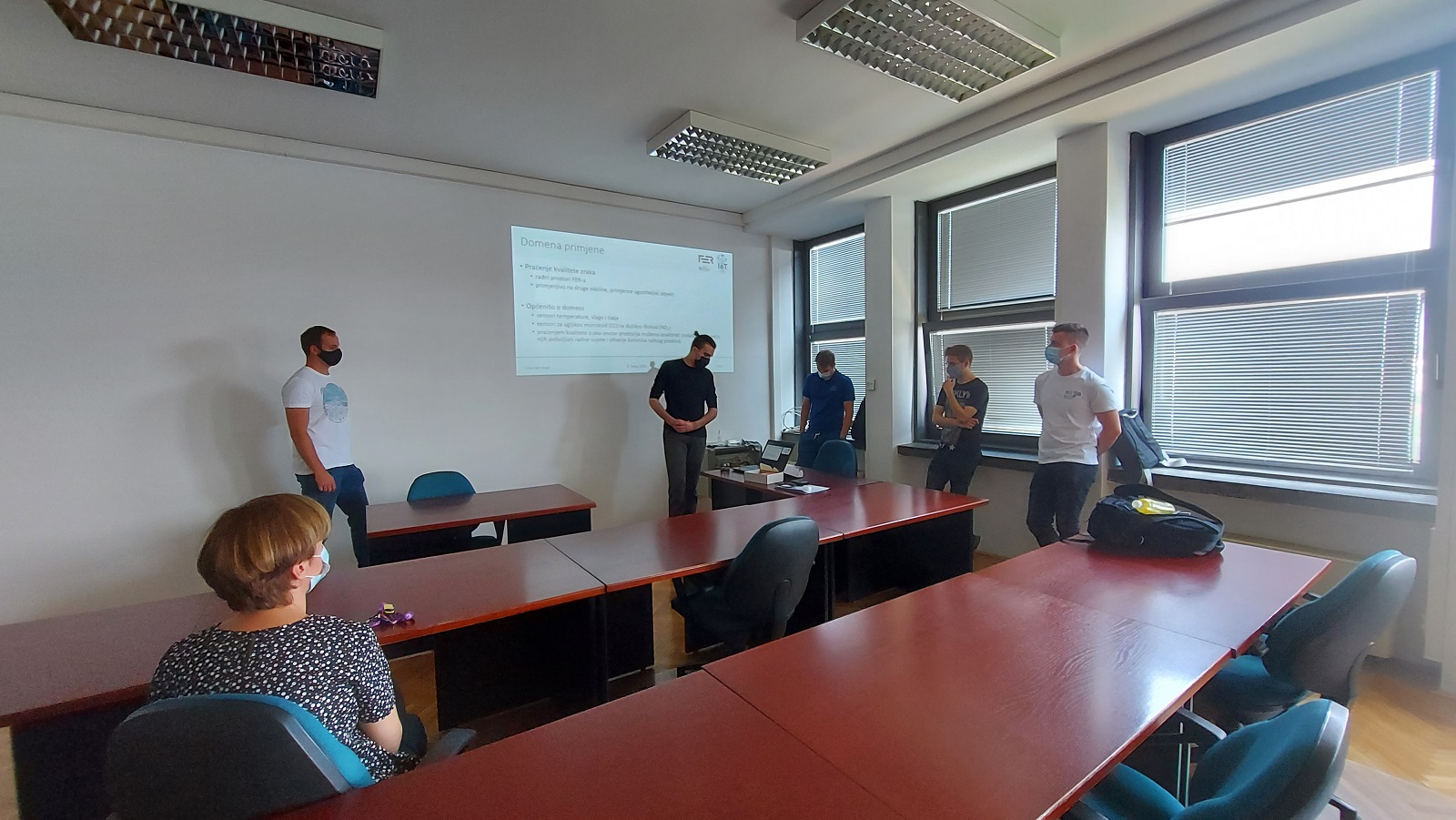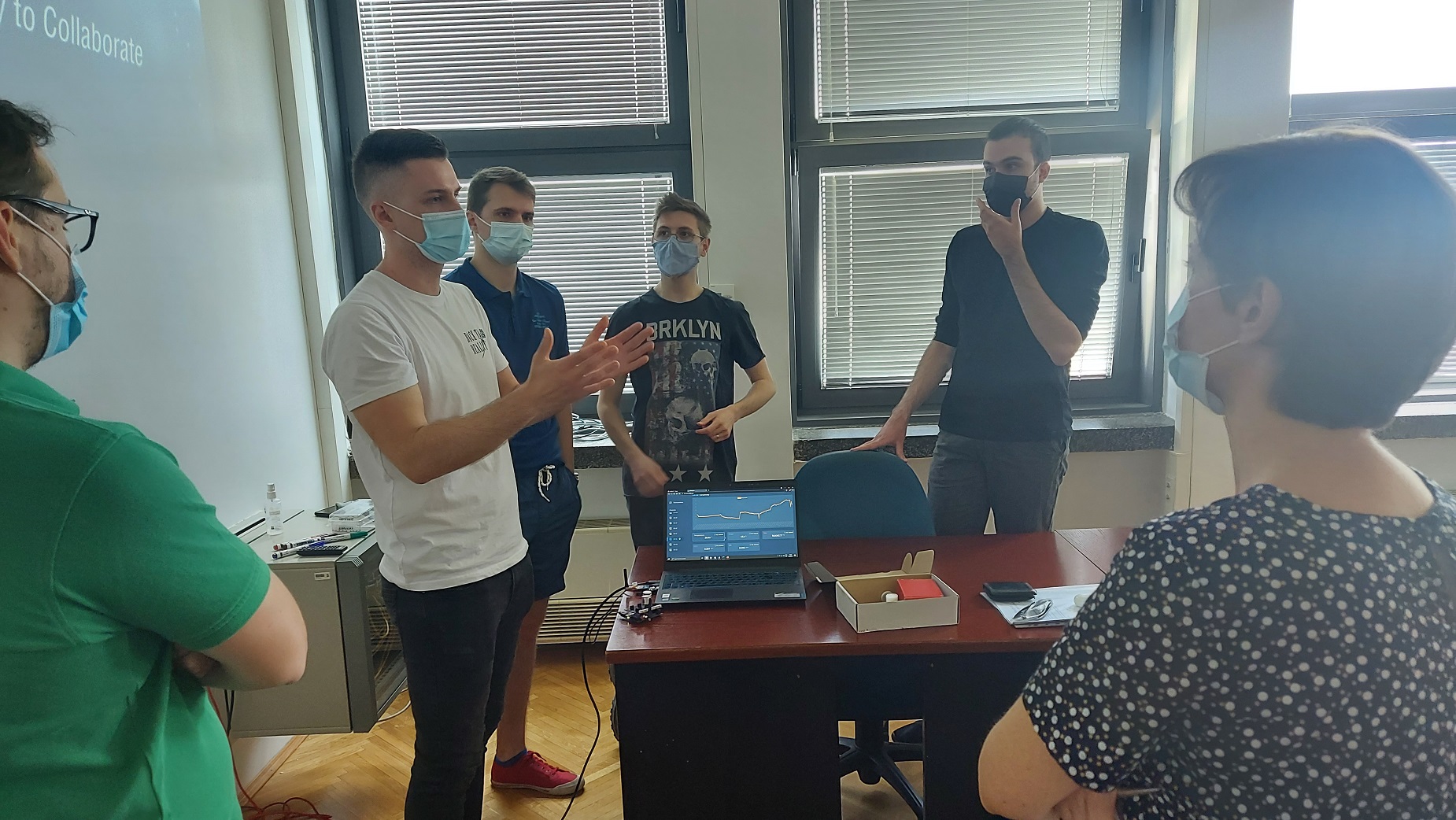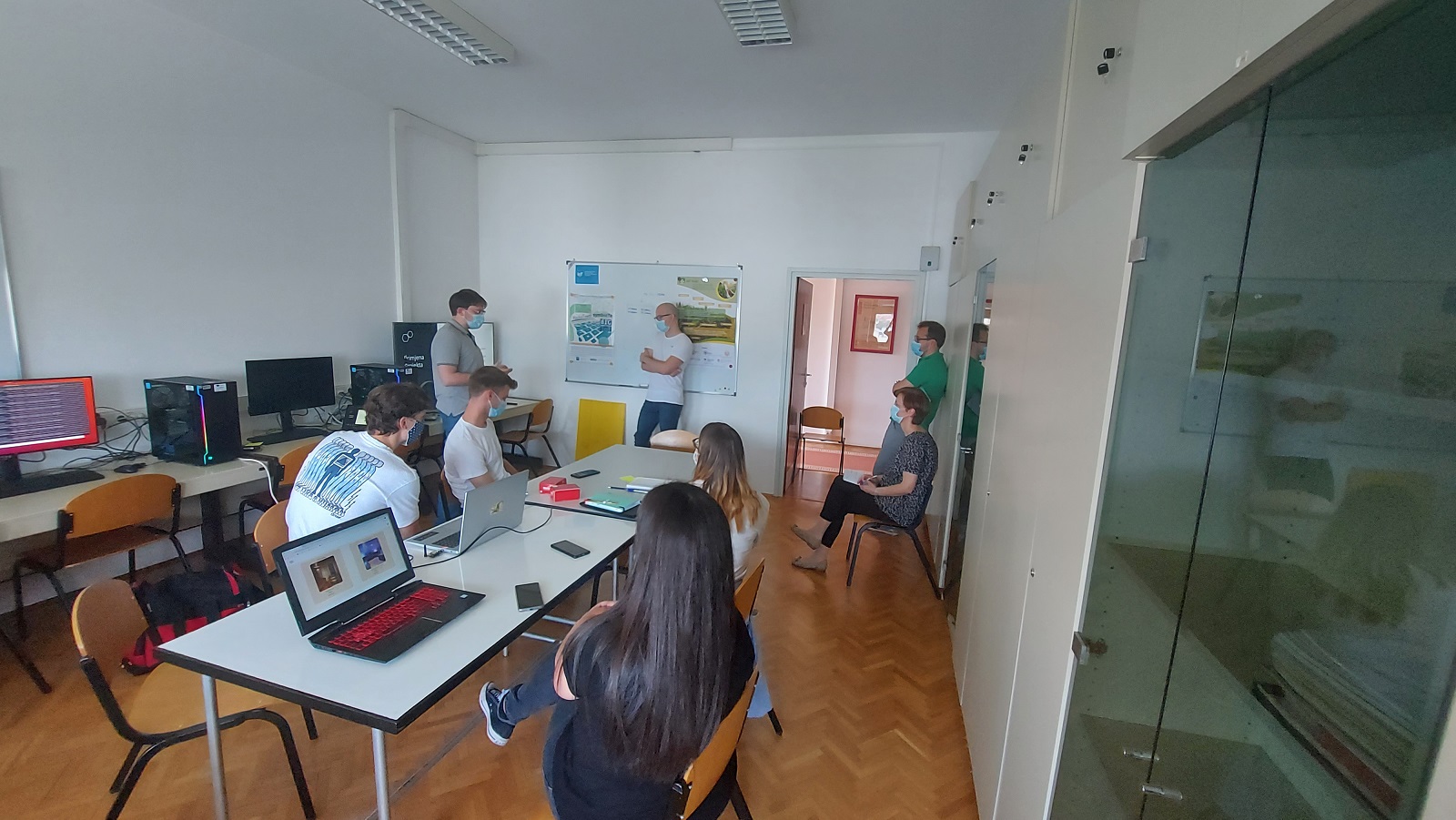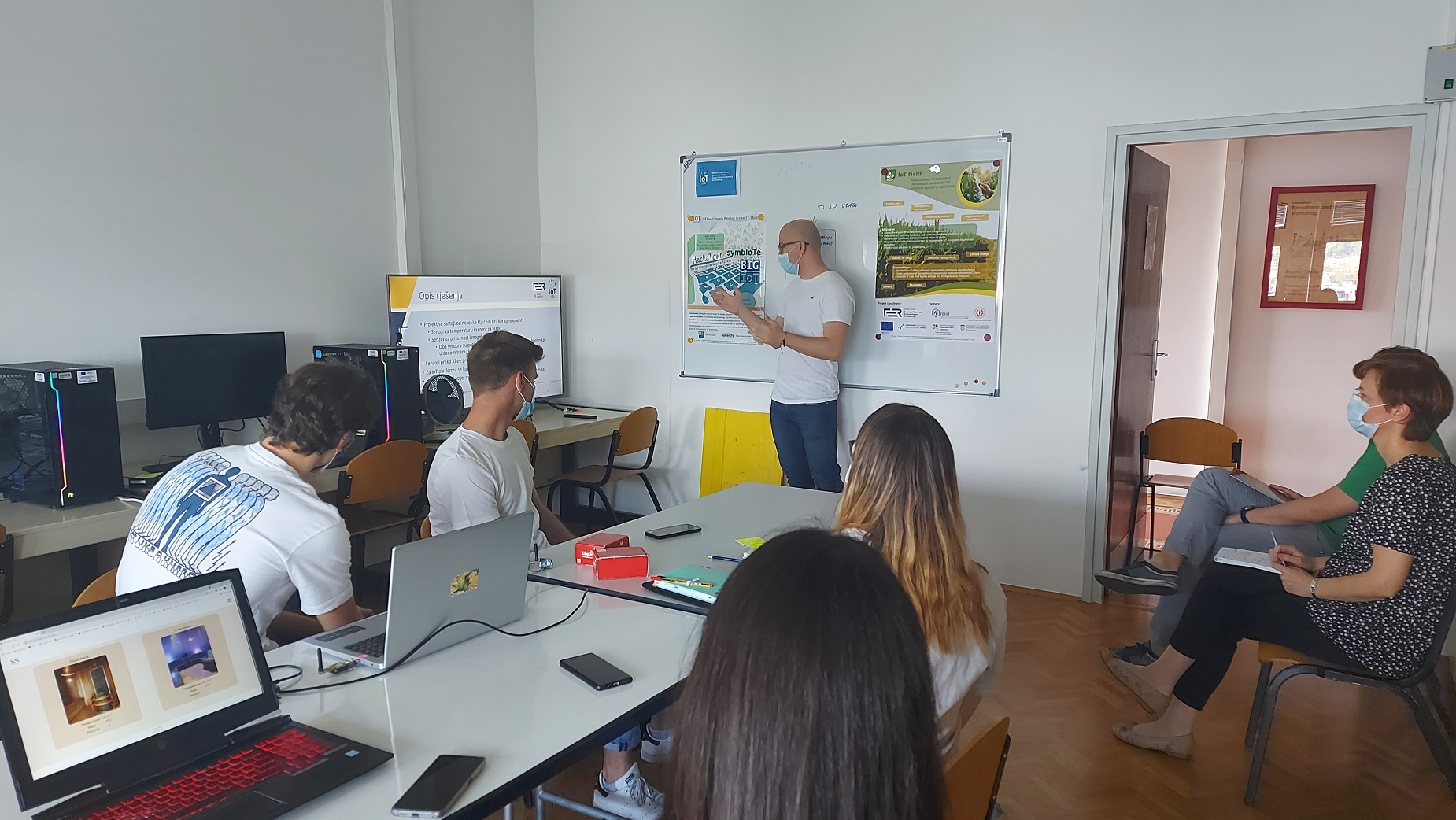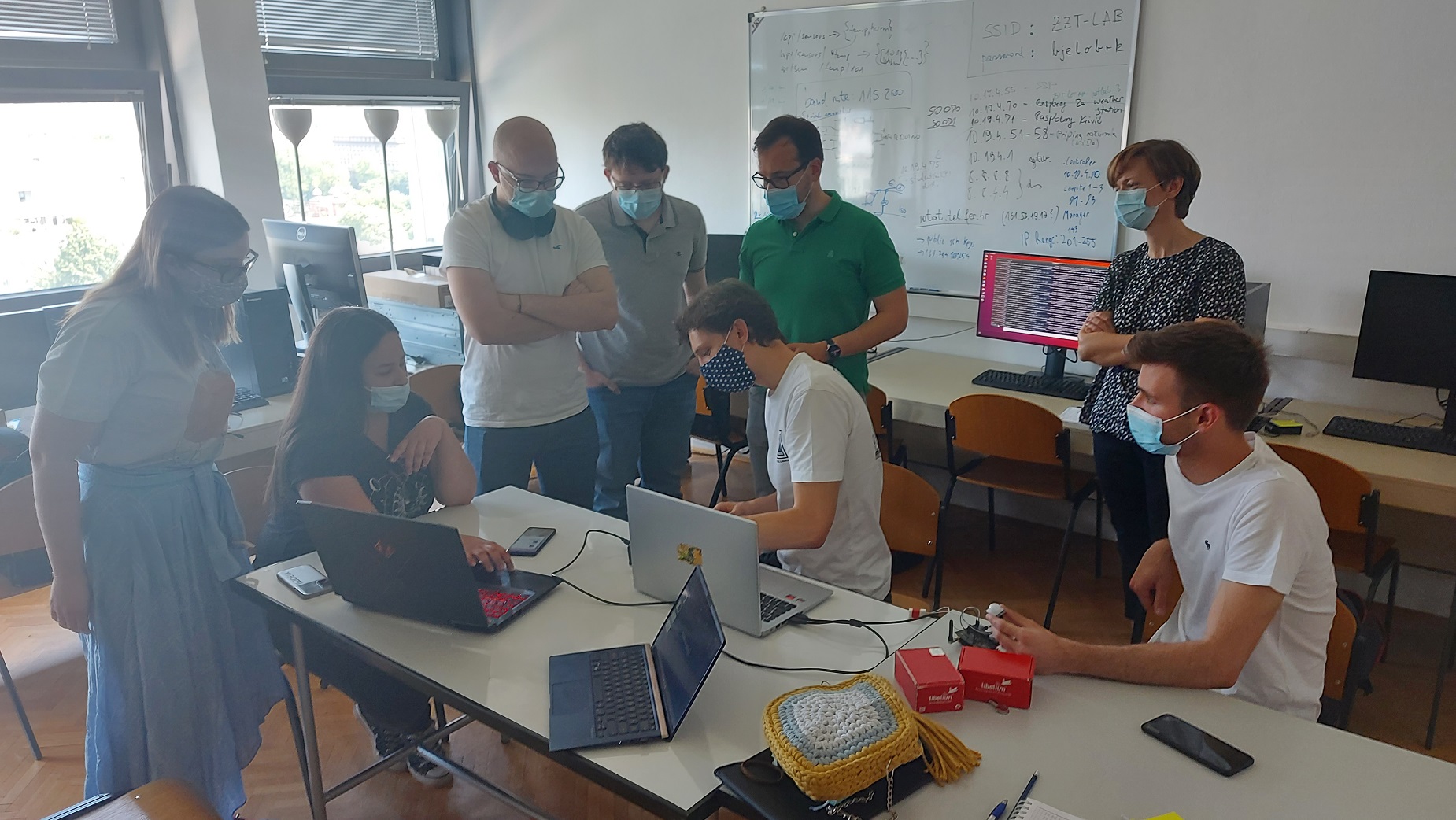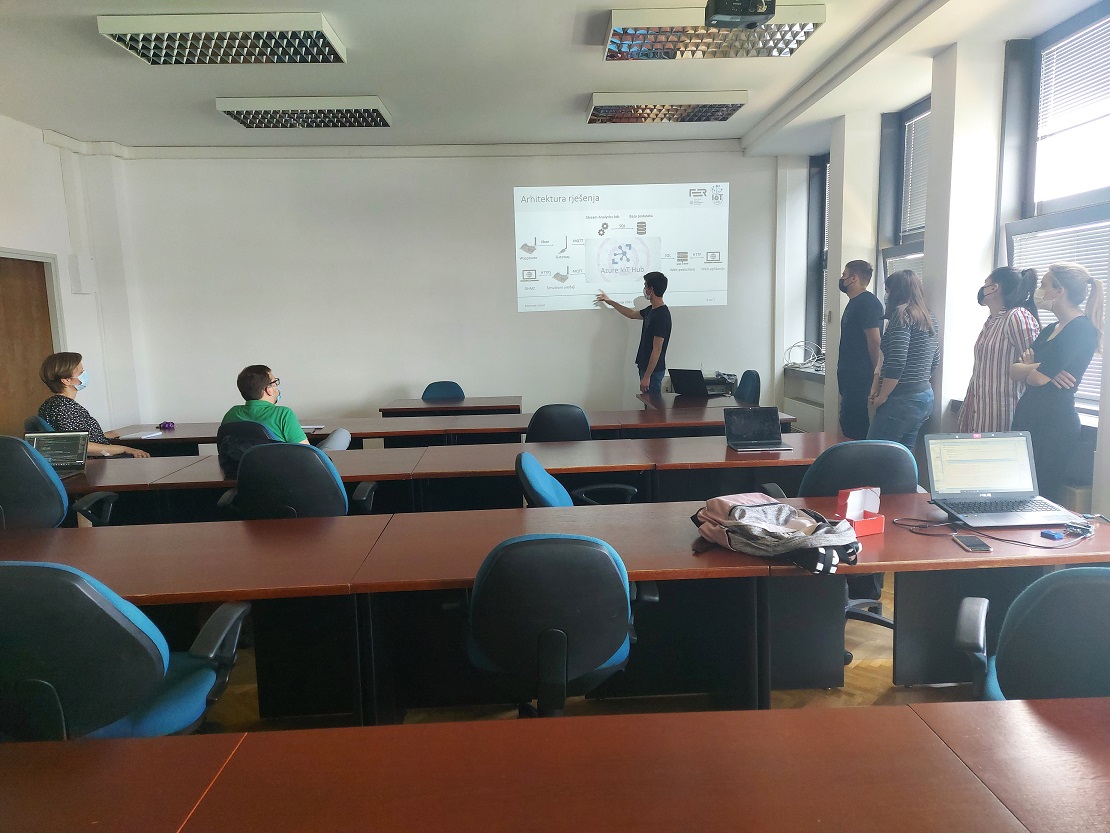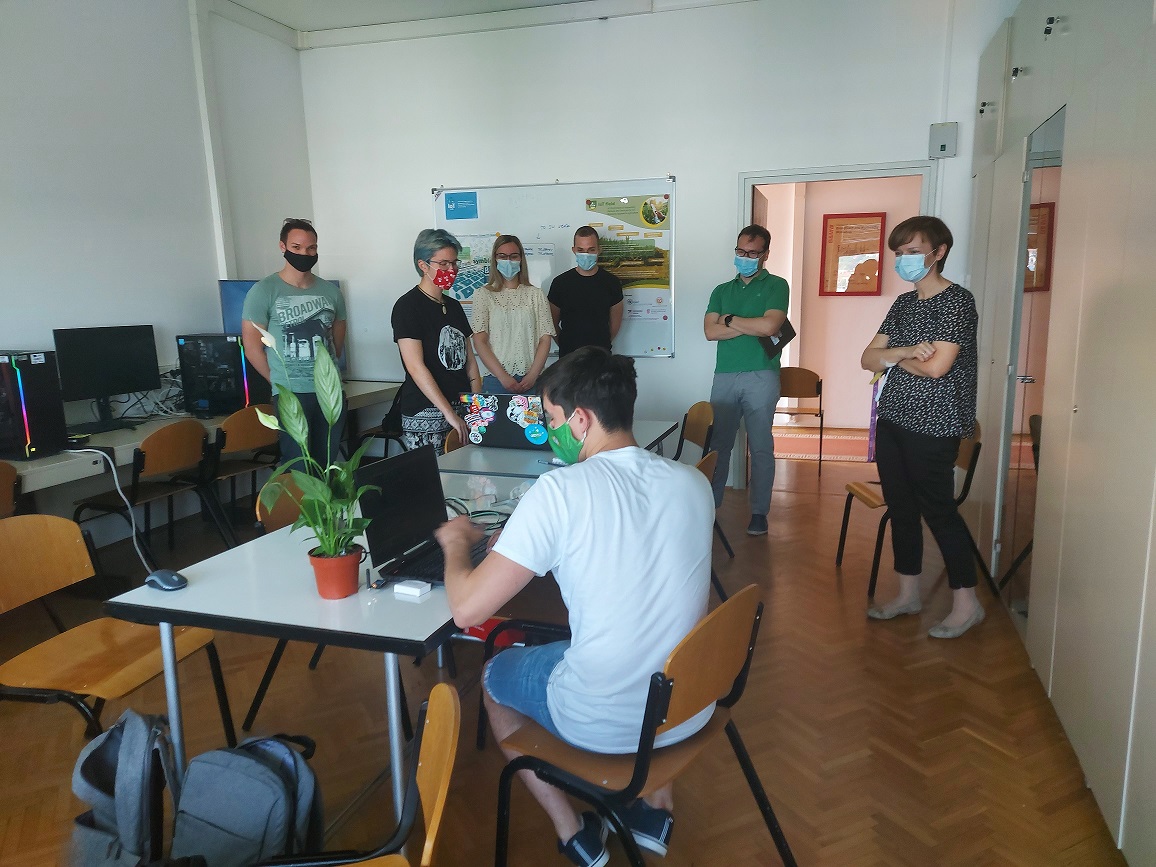
3rd generation of students attending course Internet of Things
Category : News
We are proud of the 3rd generation of students who successfully completed the Internet of Things course of the FER graduate programme. At the end of the semester, student teams presented their projects (in person, finally), from idea to realization, using networked devices and IoT platforms. This year’s themes were:
- Farming IoT
It allows the measurement of various features that are important in agriculture so that farmers can monitor the condition of their crops, but also the environment (air, soil) and be informed if rapid interventions are needed. The goal of this solution is to increase the quality and quantity of the harvest, but at the same time optimize human work. Temperature, humidity and air pressure sensors, soil temperature and humidity sensors, leaf moisture sensor and a sensor that measures plant diameter were used for the project. For the IoT platform, they used ThingSpeak cloud, which enables the collection, aggregation and analysis of IoT sensor data. Since ThingSpeak was created by MathWorks, ThingSpeak is closely integrated with MATLAB software, thus enabling detailed analysis and visualization of data using MATLAB scripts. ThingSpeak offers the ability to create IoT channels that can be communicated through the REST API. The XBee protocol was used for communication between Waspmote sensor nodes. - People counter
The developed service enables monitoring of the number of people in the building, i.e. in the branches of a retail chain in Zagreb. The idea arose because of the COVID-19 pandemic that hit the world in 2020. This service, using PIR motion sensors and magnetic door sensors that determine whether the door is open or closed, monitors the number of entries and the number of entrances to and exits from the store. This service is currently only simulated, more precisely, 11 locations of a store of a retail chain from Zagreb in which the number of people is monitored are simulated. The Waspmote device connects via the XBee communication module to the Waspmote gateway, which connects to a computer via a USB port. Here, data is sent from the computer to the IoT platform via the MQTT network protocol. The Microsoft Azure IoT platform includes a data layer and a control layer as it stores data and processes it by sending an output to the user web application. - Smart sauna
As part of the project, a condition monitoring system was designed within two different saunas, Finnish and Turkish. Each sauna is unique and works at a certain temperature and humidity percentage so that the user can choose according to their preferences. Using temperature and humidity sensors, temperature and humidity are measured in each sauna room. The magnetic sensor on the door and the presence sensor allow the user to see if there is still room in a particular sauna using a mobile application. The employee manages the smart sauna using a web application to monitor the entire process where the values of temperature, humidity and the number of people for each individual sauna are visible. Additionally, a graph of temperature and humidity changes is shown, and an actuator is implemented, i.e. a climate that raises or lowers the temperature if necessary. The IWT platform AWS Cloud (AWS IoT Core) was used in the development of the project, and the XBee protocol was used to communicate with the sensor node Waspmote, while the MQTT protocol was used to send data to the Cloud. - FER-Q-Air
The service provides air quality reading in the premises of the Faculty of Electrical Engineering and Computing. Air temperature and humidity, pressure and the amount of carbon monoxide and nitrogen dioxide are measured. Based on the measured data, it is possible to graphically display each measured parameter over time. It is also possible to select the space on the interactive floor plan. To achieve the solution, the AWS IoT Core platform was used, which offers the ability to communicate devices and clouds with the help of Things SDK, Message broker, which is a pub/sub broker that supports MQTT, HTTP and WebSocket, Thing Registry for device registration and certification configuration, description of functionality and current status of the device in JSON format, Rule Engine where the rules on incoming data on the cloud are defined and integration with other Amazon Cloud services. The communication protocols used in the system are XBee, MQTT and HTTPS. - Smart office
The result of the project is an interface that can display sensor readings and control actuators (smart devices) in offices, i.e. in this case in the laboratory on the 8th floor of the Faculty of Electrical Engineering and Computing. The interface shows the floor plan of the entire floor with sensors (humidity, temperature, brightness sensor) and actuators (Philips Hue bulbs, smart socket, air conditioning, blinds) on their locations around the floor in various rooms. The Home Assistant platform was used, a free open source platform used to monitor, control and automate devices. Home Assistant is a combination of Python’s “Home Assistant Core” program and tools that make it easier to run on Raspberry Pi devices and other platforms without first setting up the operating system. It is an all-in one solution because it includes a user solution.
In addition to the technical details of theur solutions and business ideas, we also heard how a “feature” arises from a “bug”!
Congratulations to all teams!
